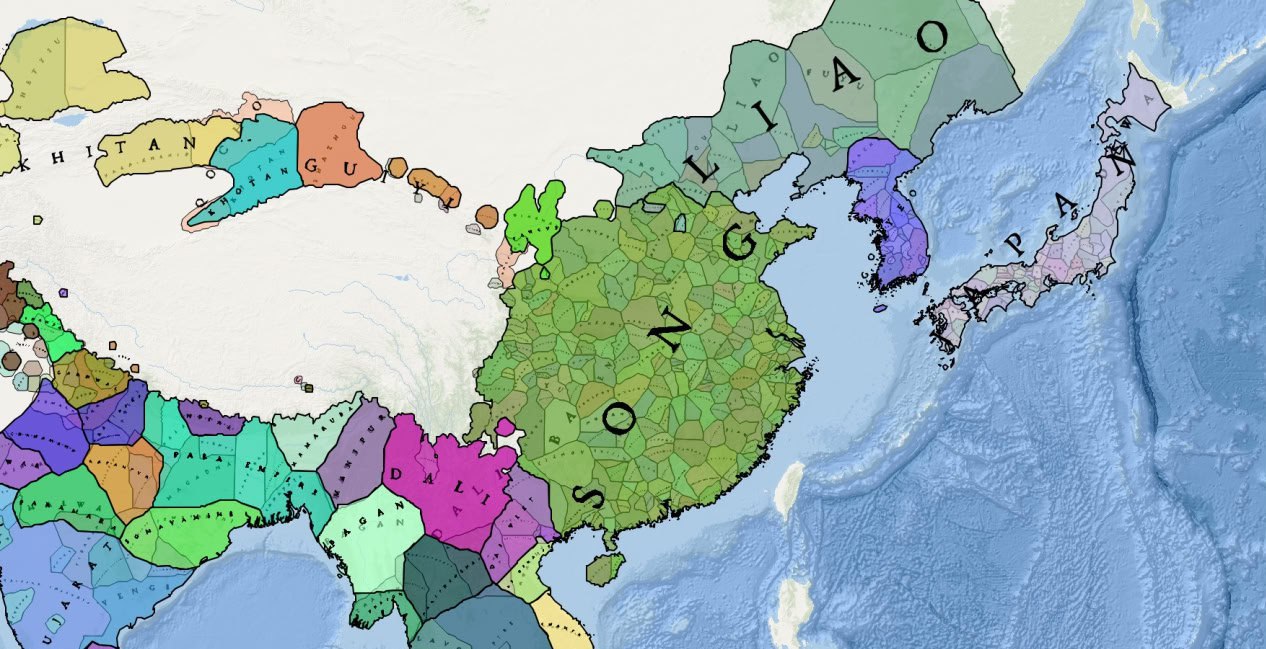The Latest AI Innovations in Archaeology
With AI integration, we can scan vast datasets and uncover hidden archaeological treasures. AI is reshaping the field of archaeology by identifying overlooked sites through satellite image analysis and technologies like digital twins and laser radar. For example, a recent study in Mesopotamia used AI to identify new areas of interest with 80% accuracy, offering potential insights into lost civilizations.
AI also accelerates research by enhancing excavations, analyzing artifacts, and preserving sites, though it raises ethical concerns. When used wisely, AI reveals historical insights with remarkable accuracy.
How AI Enhances Archaeological Research and Discoveries
AI is transforming archaeology by improving site discovery and artifact analysis. AI-powered satellite imaging identifies potential sites, leading to discoveries in remote areas, while LiDAR combined with AI reveals hidden structures beneath vegetation, such as Mayan cities.
In artifact analysis, AI enables accurate classification and predictive modeling of artifact locations. For genomic research, AI processes ancient DNA to reveal migration patterns and health information, and analyze microbiomes for ancient diets and diseases.
AI also creates detailed 3D models and improves VR/AR experiences for sites and artifacts. It predicts the degradation of archaeological sites and supports digital archiving, helping to preserve and make information more accessible for future research.
Latest AI Projects in Archaeology
Cultural Landscapes Scanner
The "Cultural Landscapes Scanner" (CLS) project, by Istituto Italiano di Tecnologia (IIT) and the European Space Agency (ESA), uses AI and satellite imagery to detect hidden archaeological sites. Over three years, the project will apply machine learning to analyze satellite images, revealing subtle signs of ancient human activity that are hard for humans to see.
This AI-driven approach aims to enhance the accuracy of site detection and aid in preserving cultural heritage by identifying threats like looting. The project will use data from platforms such as Copernicus to improve current manual methods of interpretation.

AI in Mesopotamian Archaeology
The project uses deep learning models to detect archaeological sites in the Mesopotamian floodplains. By adapting pre-trained semantic segmentation models with satellite imagery and site annotations, detection accuracy was improved to about 80%.
Domain expertise is essential for refining the dataset and evaluating predictions due to the subjective nature of identifying archaeological features. The workflow produces heatmaps or vectorized data for GIS analysis, enabling archaeologists to plan surveys and refine the dataset with new annotations.

Translating Akkadian Language with AI
The Babylonian Engine involves developing a neural machine translation (NMT) model to translate Akkadian texts from cuneiform script and transliteration into English. Cuneiform, an ancient writing system, is difficult to translate because of its complexity and the sheer volume of texts.
This project uses advanced algorithms to automate translations, achieving high accuracy from both cuneiform and its Latin-based representation into English. The model excels at translating short to medium-length sentences and outperforms traditional methods.
It aims to help scholars and enthusiasts understand ancient texts and preserve Mesopotamian heritage. Integrated into an online application, it enhances accessibility and supports further translation improvements.

AI in Historical Texts Analysis
A collaborative project using AI to analyze and categorize vast amounts of historical texts, providing new methods for historians to study ancient manuscripts and documents. Tasks once considered non-automated are now handled by digital devices, reducing routine manual work and performing roles in complex environments.
This article explores the autonomy of these tools and their impact on archaeological practice, questioning the limits of their agency and the evolving relationship between archaeologists and technology.

Remote Sensing for Archaeology in the Middle East and North Africa
The Endangered Archaeology in the Middle East and North Africa (EAMENA) project uses remote sensing methods to document and assess archaeological and cultural heritage sites across 20 countries in the MENA region.
This large-scale project aims to rapidly record the status of these sites, which are increasingly threatened by conflict, development, and environmental changes. By employing technologies like satellite imagery, LiDAR, and GIS, EAMENA creates detailed records of archaeological landscapes.
The project also addresses ethical issues related to remote sensing, including the impact on local communities and national sovereignty. It promotes open data policies and seeks to engage local stakeholders in documentation.

Conclusion
It is remarkable how AI is revolutionizing archaeology, improving site discovery, artifact analysis, preservation, and more. While AI offers significant advances, it also poses ethical issues that require careful consideration by the professional community. Balancing innovation and responsibility is key to the future of archaeological research. Share your thoughts on this on our social media channels.









